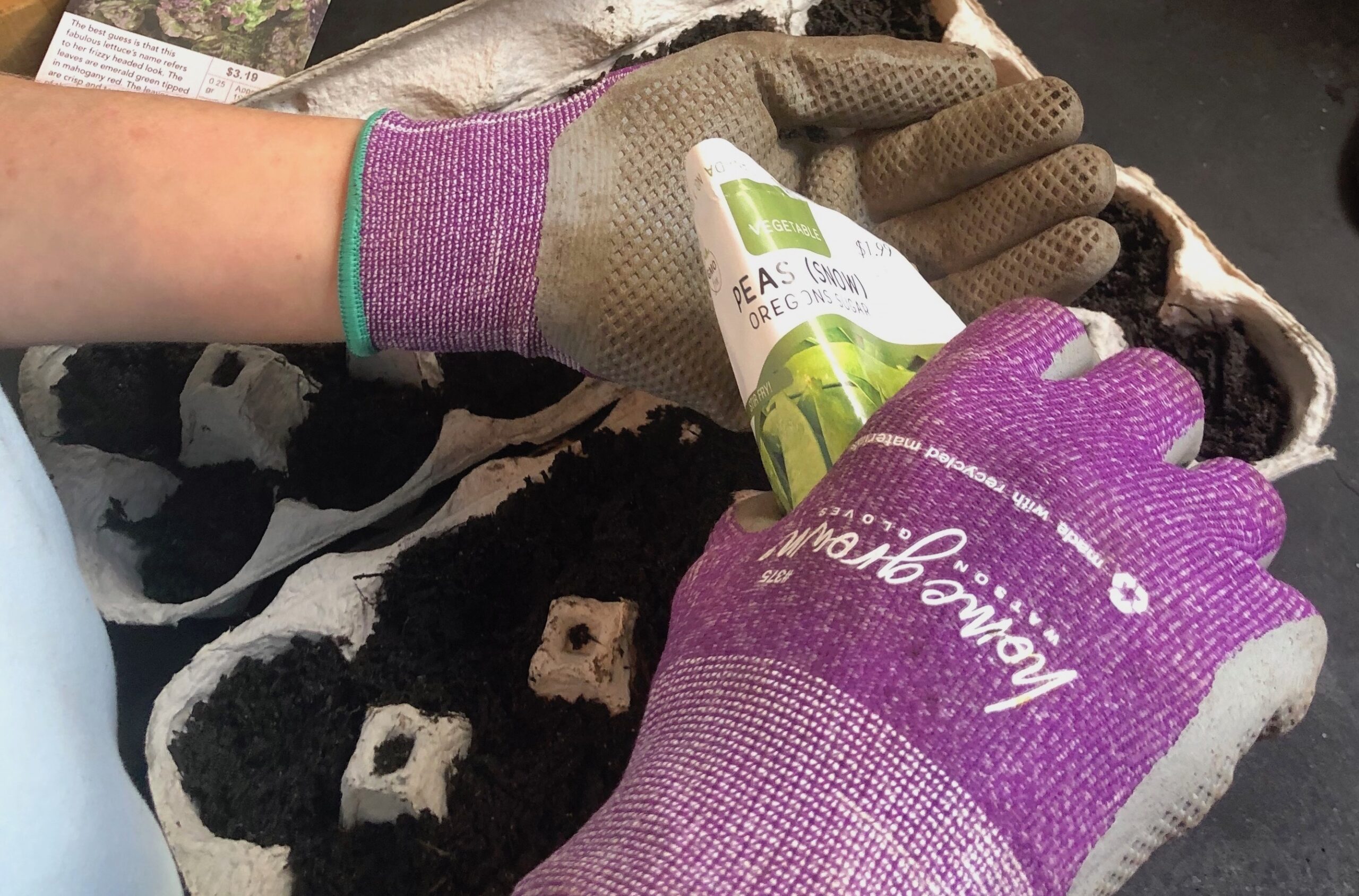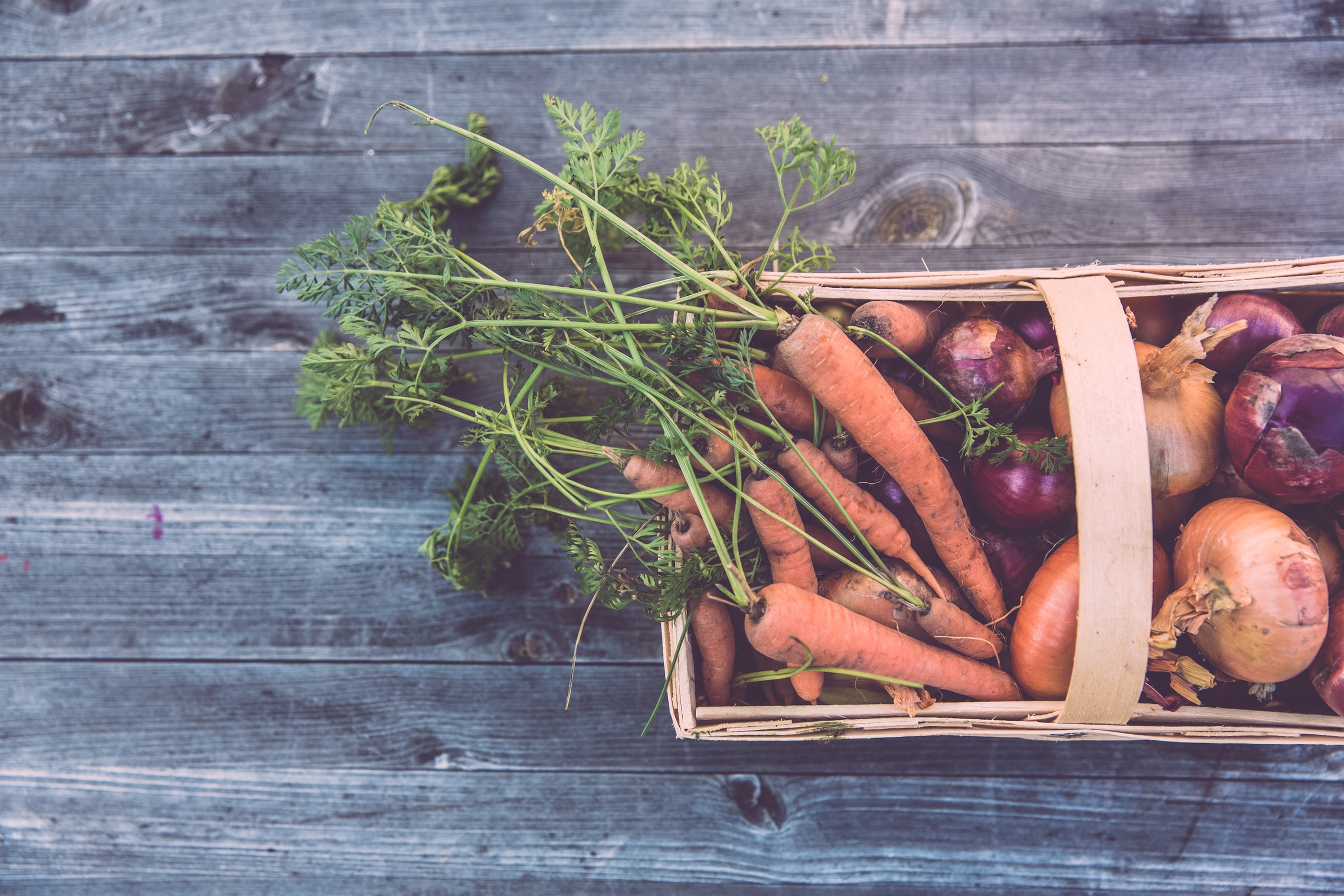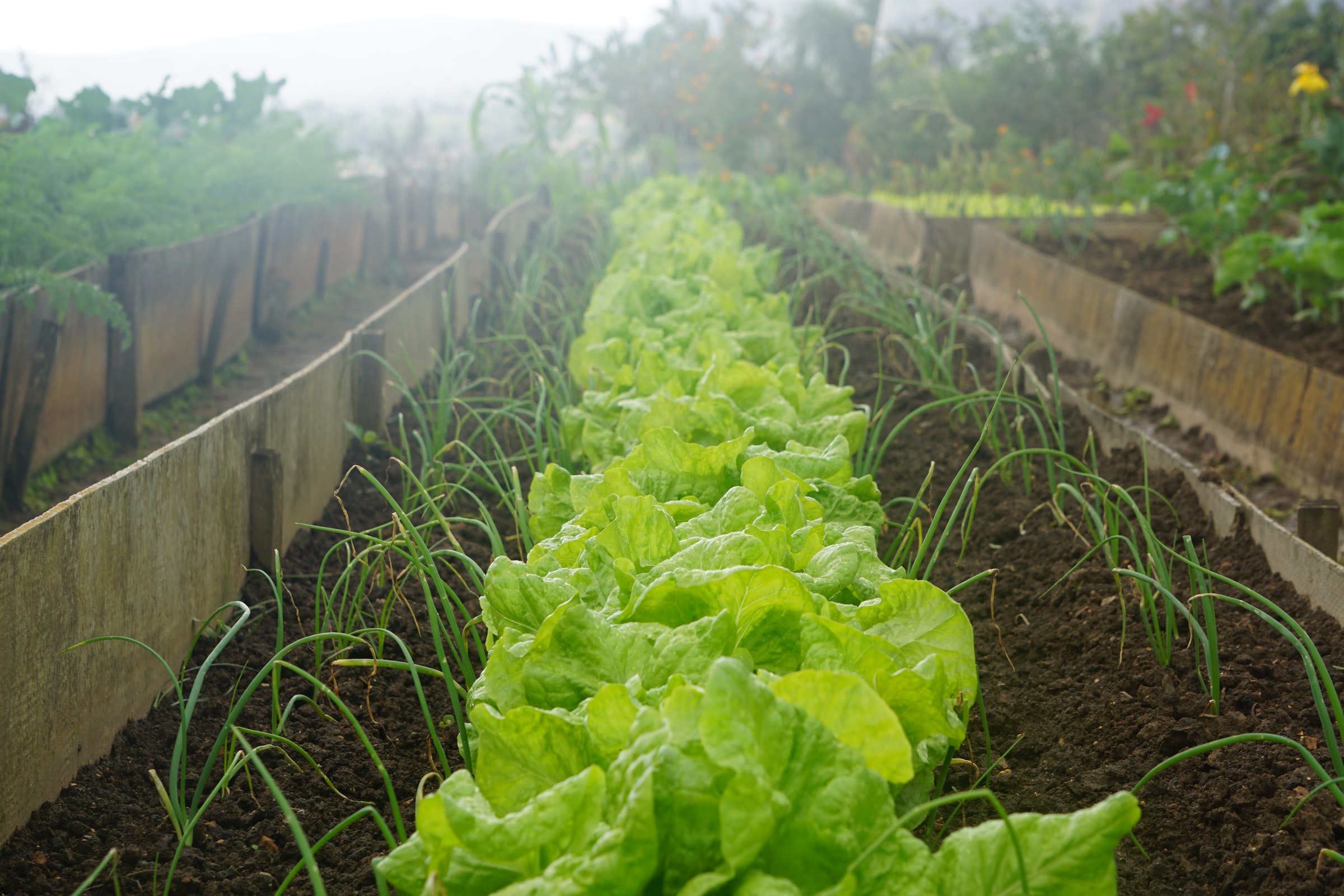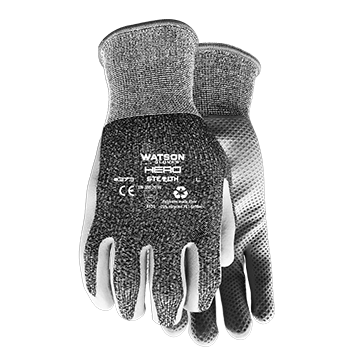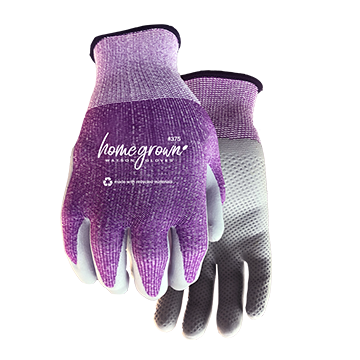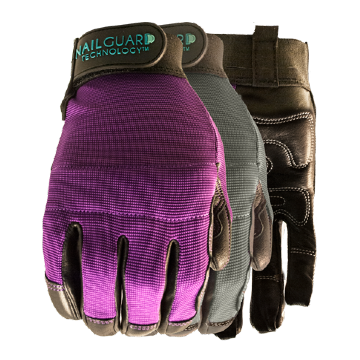
Gardening 101 – How to Grow Your Own Vegetables Through Seeding
We’re in an interesting time, aren’t we? We’re told to “stay home” and “self isolate”. That means no movies at the theatres, no working out at the gym, and no seeing our favourite teams or bands play. However, it ain’t all so bad. Some people may pick up a new indoor hobby or two. DIY is on the rise. And we’re appreciating the outdoors a tad more. Planting and growing your own garden of vegetables is more popular than ever now and it’s the perfect season to start – spring!
Spring is in the air, the weather is starting to warm up, and you don’t want to wait on planting your seeds. Here’s a quick simple guide to help get you started with seeding and growing your own garden of vegetables.
Why Plant Seeds?
When growing vegetables, there are two ways to do so: seeding or transplanting. Seeding involves directly planting seeds into the ground and transplanting involves planting pre-grown baby plants into the ground. Although both methods have their pros and cons, we’ll share with you a few reasons why planting seeds is the best way to start:
- It’s cheaper – packets of seeds cost considerably less compared to vegetable plants. Some can also be reused if you save them for next year’s growing season!
- The variety – check out the seed variety in any nursery or store. You have more choices to choose from than full-grown plants.
- You reap what you sow – there’s a lot of gratification to seeing the rewards of your efforts. When you sow your own vegetables, you can ensure that they will be healthy and strong right from the start.
- Time – although grown plants are ready quicker, you have the time (now tons of time with the stay at home mandate) to start planting NOW!
What to Plant?
Some vegetables grow the best through seeding and some grow the best through transplanting. Before seeding, make sure to pick vegetables that work the best with seeding. Vegetables with a delicate root system and those that germinate and mature quickly are the best to grow from seeding. These vegetables include:
- Beans
- Beets
- Carrots
- Lettuce
- Melons
- Peas
- Radishes
- Spinach
- Squashes
- Turnips
- Zucchini
Which Plants to Grow in Spring?
Some vegetables demand later planting in late spring or early summer when weather is warmer. But you can start growing many vegetables in early spring! Here are a few you can plant and grow right now:
- Beans
- Carrots
- Lettuce
- Radish
- Spinach
How to Plant?
Not everyone will have a vast garden in their backyard to sow their seeds. Fret not – there are plenty of alternatives. For people who don’t have the garden space, you can sow your seeds in paper pots, modules or seedling trays. These alternatives also help in protecting your vegetables from the elements and garden pests. However, since the vegetables would be in a confined environment (a container with a bottom), avoid root vegetables, such as carrots and radishes, which would touch the bottom of the surface and thus fork out or grow in an odd shape.
Most crucial when sowing your seeds is making sure your crops are spaced evenly. Your seed packet should tell you how much room each variety needs. But as a general reference, space your seeds to the size of the vegetable. If you’ll be growing beets for instance, make sure each of the seeds planted are about 2-4 inches apart so that each seedling has space to make an average-sized beet. If you put your plants too close to each other, they’ll be competing for light, water, nutrients, and airflow, which can increase chances of plant disease.
Ideally, you’d want to sow the same variety of seeds in groups and not mix them around (bean seeds are planted together in the same area, pea seeds are planted together, etc.). Remember to mark each of your areas — whether in rows or blocks is up to you. By doing all of this, you can keep track of which area is what since for awhile, all you’ll be looking at is plain ole’ soil!
Water your seedlings so that the soil is moist. It goes without saying that when it’s cool weather, such as in early spring, water less often, and when weather gets dryer and hotter, water more often. Make sure to avoid the soil becoming hard, baked or cracked – that’s a sign it’s dry and needs watering! When your seedlings are starting to germinate (aka sprout), you will need to start thinning. That means removing the weaker seedlings and leaving space for the strongest to grow (survival of the fittest applies in the plant world too!).
What to Wear?
The best thing about growing your vegetables is that you don’t need any special equipment, such as grow lights or special containers. All you need is a place to plant, good soil, water, sun and some good gloves if you want to protect your hands.
You can feel good with your gardening and any other outdoor activities by wearing WasteNot™ gloves – our eco-conscious gloves made of post-consumer recycled plastic bottles, which is the very FIRST in the glove market. Your hands will feel good from the gloves’ extreme comfortability and fit and you will feel good knowing these sustainable gloves help reduce plastic waste on our planet. See below our recommended gloves for gardening, yard work and general outdoors for this season, including our WasteNot™ collection.
What Now?
Get out your seeds, gardening gloves and PLANT! Gardening does require some effort and patience. And there are some factors that are hard to control, such as weather and plant diseases. But being diligent and seeing the fruits (vegetables in this case) of your labour grow and be ready to be picked and used for your many meals ahead is not only rewarding but a great investment and hobby to get into, especially in this time!
Sign up for our newsletter!
Stay up to date with the latest Watson Gloves news, releases, and industry updates by signing up to our newsletter!


